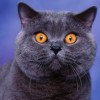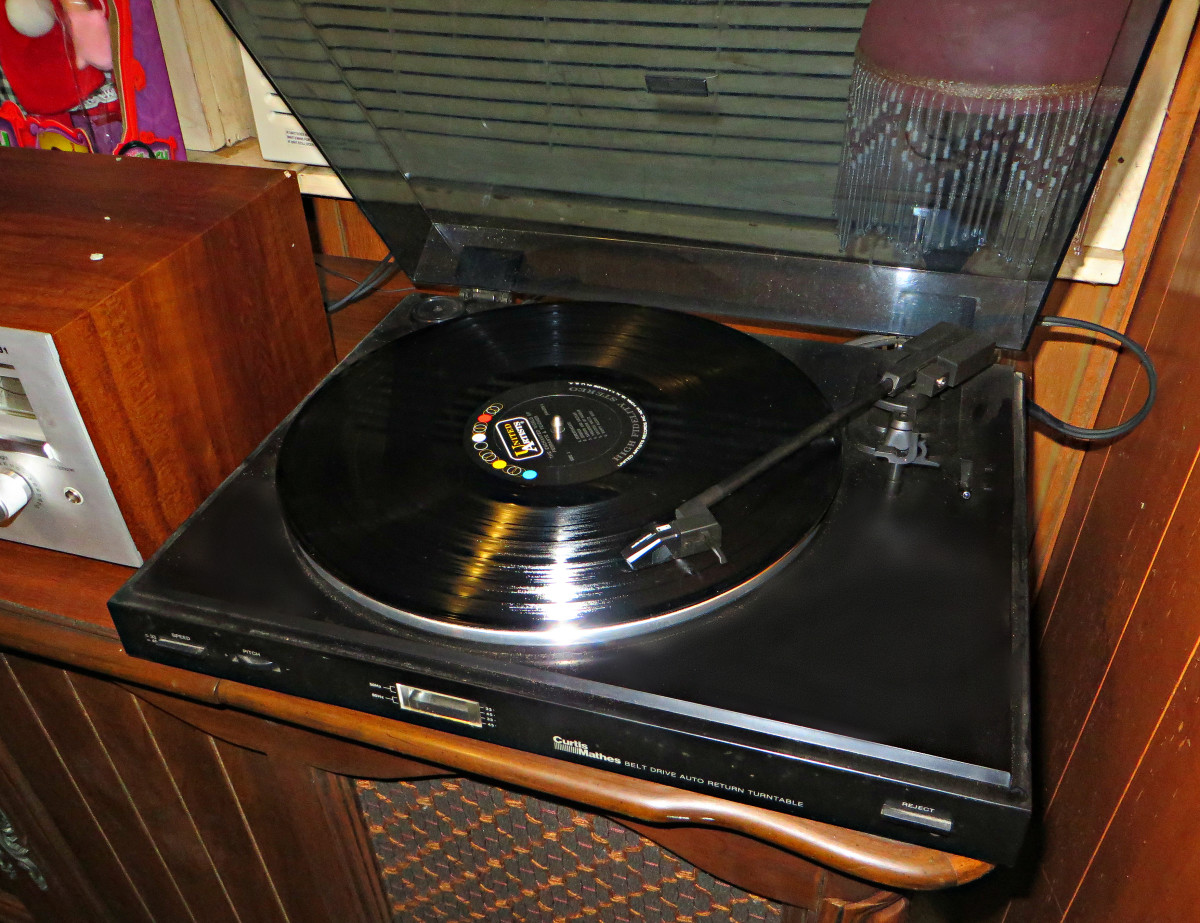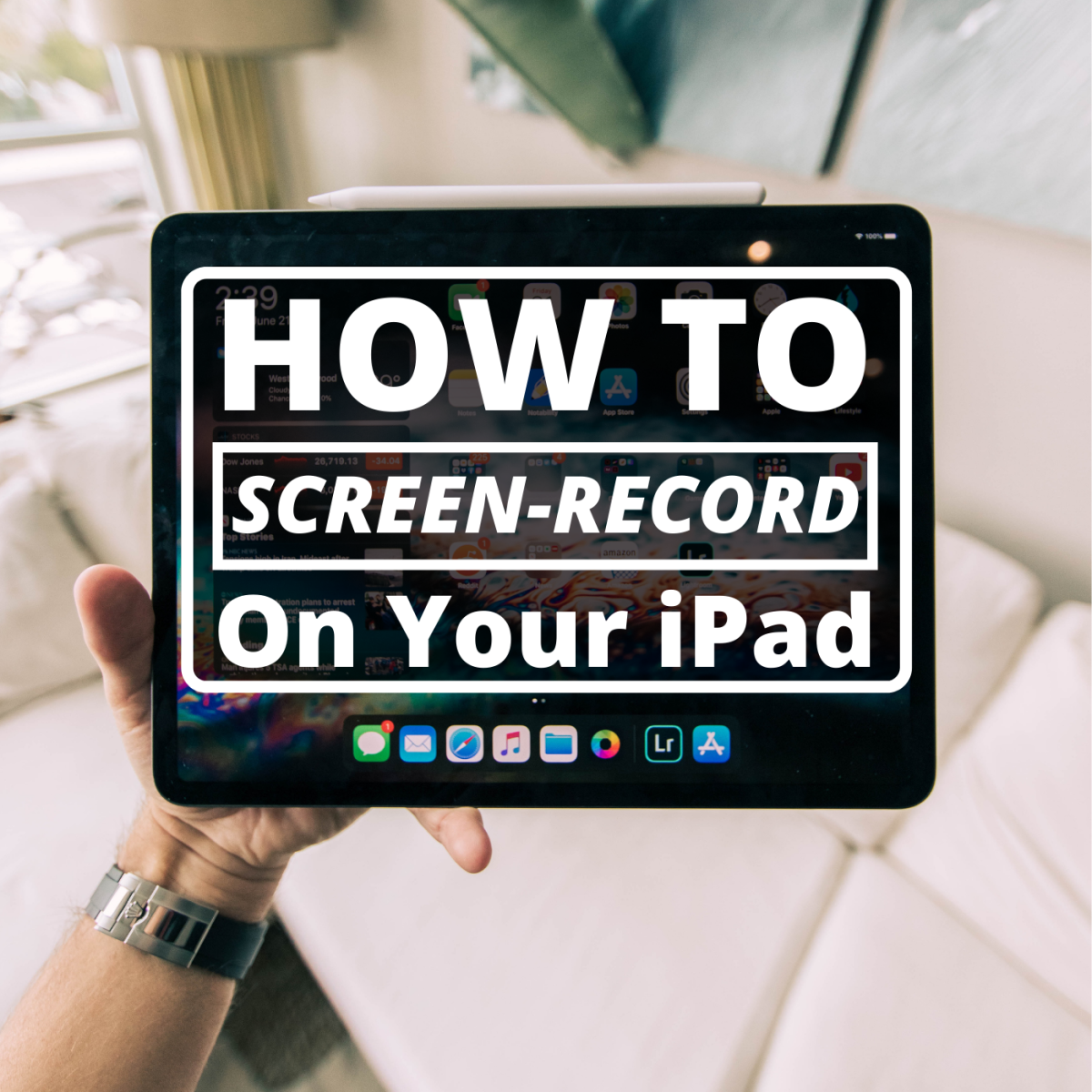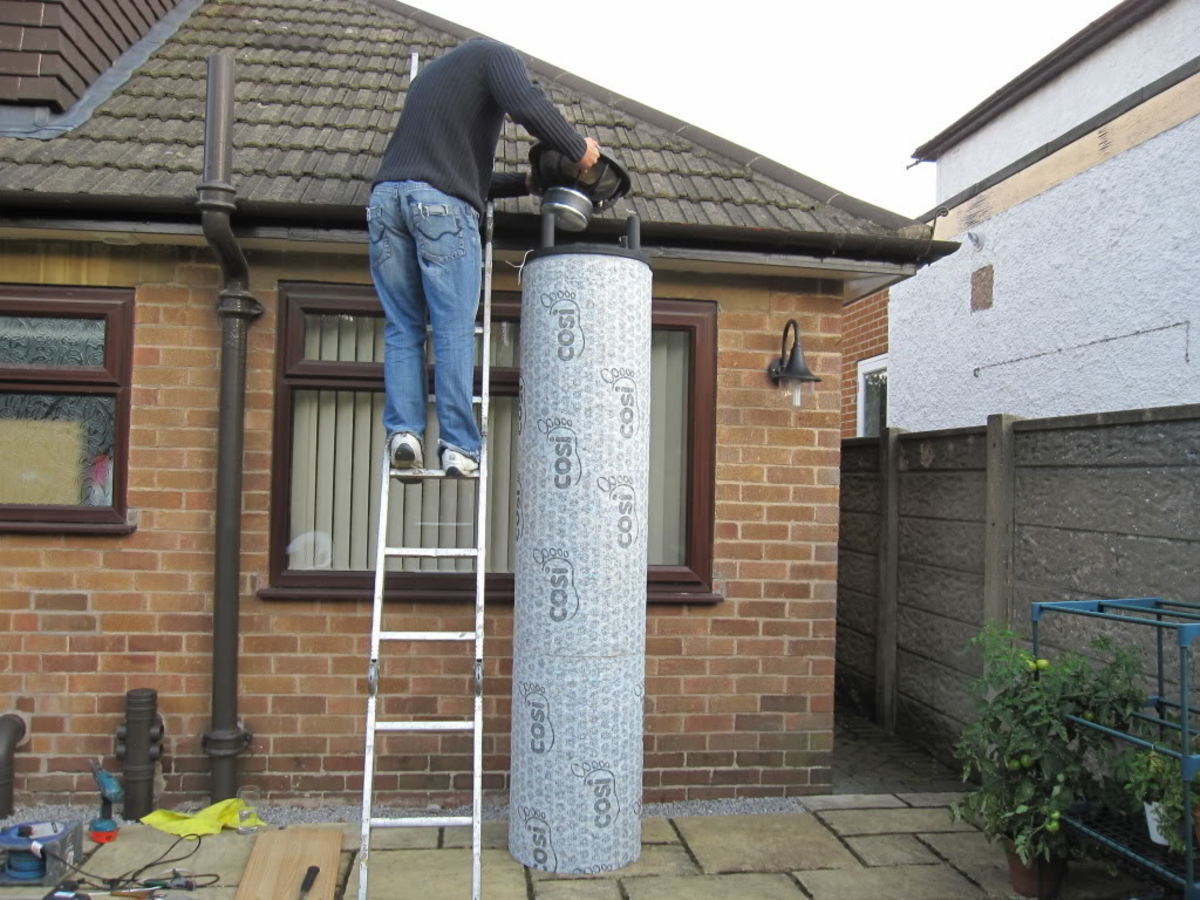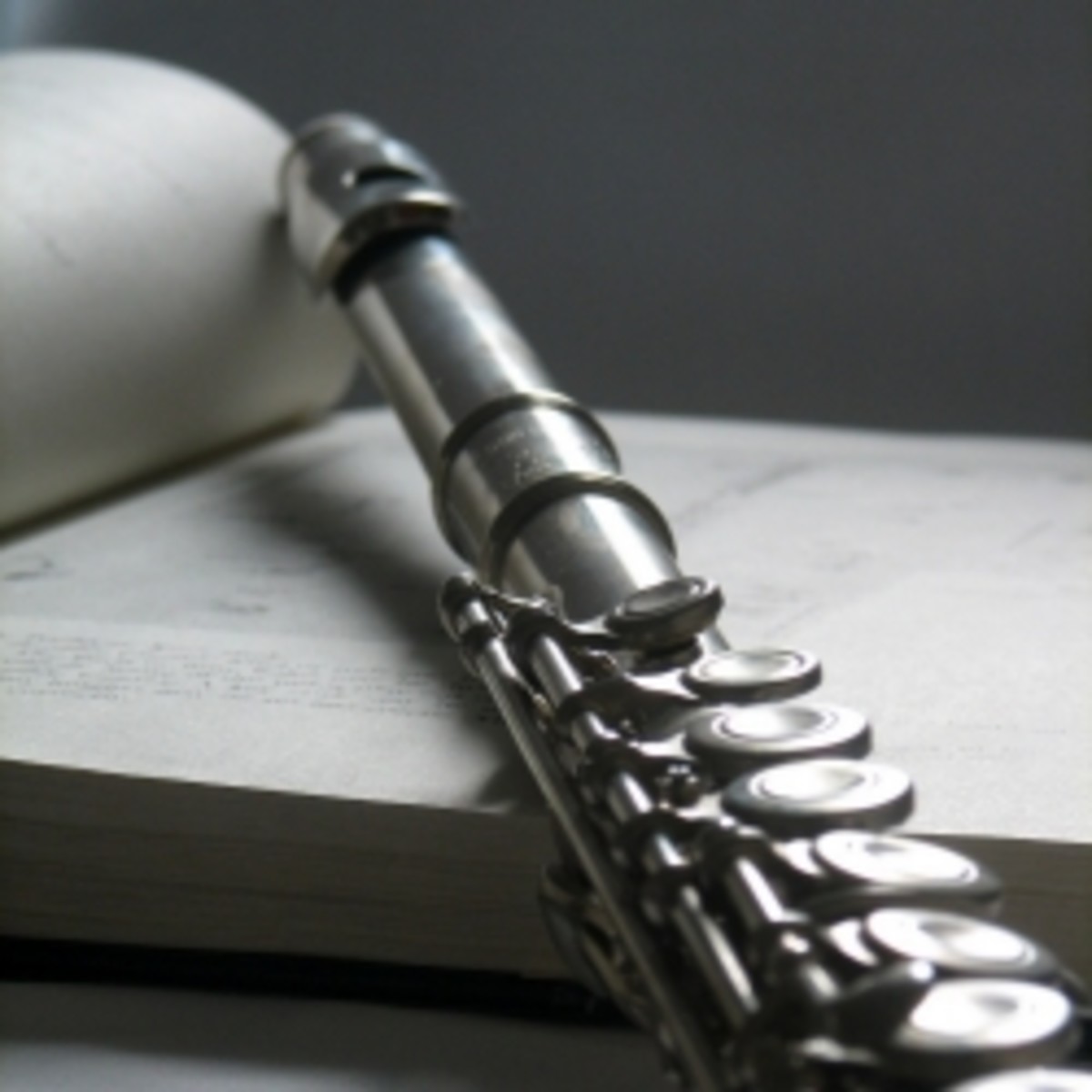Dj Turntables
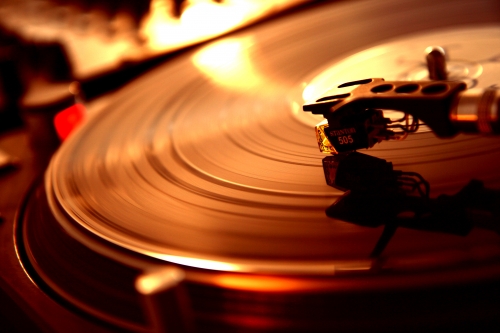
Turntables have been around in one form or another since the beginning of recorded music, and have played records in clubs and been a vital part of dance music since its began. A record is a circular piece of vinyl that is hard but flexible. It has a single spiral groove cut into each side that starts on the outer edge and eventually ends up near the centre of the record. This groove contains millions of tiny bumps and variations that contain the music.
To turn these bumps into music, the needle sits inside this groove. You place the record on a rotating disc called a deckplatter so that the needle travels from any particular starting point in the groove and gradually works its way towards the centre. The bumps and variations in the groove cause the needle to vibrate and these convert into an electrical signal, which is sent to a mixer that converts this signal into music.
You must use the correct kind of turntable. The one that comes with your parents’ hi-fi is unlikely to be suitable for DJing. Record players on home hi-fis are for playing records in one direction, at a normal speed, and aren’t suitable to deal with the knocks and vibrations of a DJ turntable.
Requirements
A variable pitch control to adjust the speed of the record (usually through a range of 8-12 per cent faster or slower than normal). Advanced turntables give the option of up to 100 per cent pitch change, but if this is your first turntable, that isn’t vital straight away.
- A removable headshell to use different kinds of DJ-suitable needles and cartridges
- A smooth surface to the deckplatter so it will turn under the slipmat (a circular piece of felt that sits between the record and the deckplatter;
- Motor power to keep the turntable spinning under the slipmat if record is stopped with your hand.
Due to their quality build and strength, the Technics 1200 and 1210 series of turntables have become the industry standard with DJs, although the top-range Vestax turntables are also very popular. However, even second-hand Technics and Vestax decks are expensive so if you are a dJ on a budget then there is plenty of other turntables by other manufacturers available that emulate this classic design, such as the Gemini TT02.
The advantages of these familiar designs are the layout of the controls and the position and size of the pitch control. The long pitch control running down the right-hand side of the turntable allows DJS to be more precise when setting the playing speed. Some of the really cheap turntables on the market have very small pitch sliders or knobs, making it more difficult to change the pitch by the amounts needed sometimes.
CD decks
Back in the day, you could only play a CD at normal speed, the CDs had to be placed on cotton wool to prevent any vibrations making the CD skip. As for starting a CD at the right time, from the right place? It was hit and hope attitude when CDs first came out.
Fortunately, the design and technology of CD decks for DJing has improved over the years. As with turntables, when choosing CD decks, try to avoid domestic CD players that you use with a hi-fi or personal CD players. Whether you're a rock, indie or party DJ who isn’t planning to beatmatch, where you will need to change the speed of the musicusing a pitch control, DJ CD decks are much easier to control and can take a lot more abuse and vibration than a home CD player.
CD decks for DJs should include the following functions:
- Pitch control (the same as turntables, having a range of at least 8 per cent faster or slower than normal).
- A set of controls that enable you to find the song or part of the song that you want to play. These are either buttons that skip through the CD, or a jog wheel, which turns clockwise and anti-clockwise to skip through the CD more precisely.
- A time display which is easy to read, especially in the dark.
Optional basic controls that I strongly suggest include:
- Pitch bend to temporarily speed up or slow down the CD (without using the pitch control).
- An anti-skip function built into the CD player (which prevents CDs from skipping due to the bass vibrations in a loud environment).
- Ability to play CD-RW discs (rewritable CDs that you can write to and erase many times and MP3 discs
